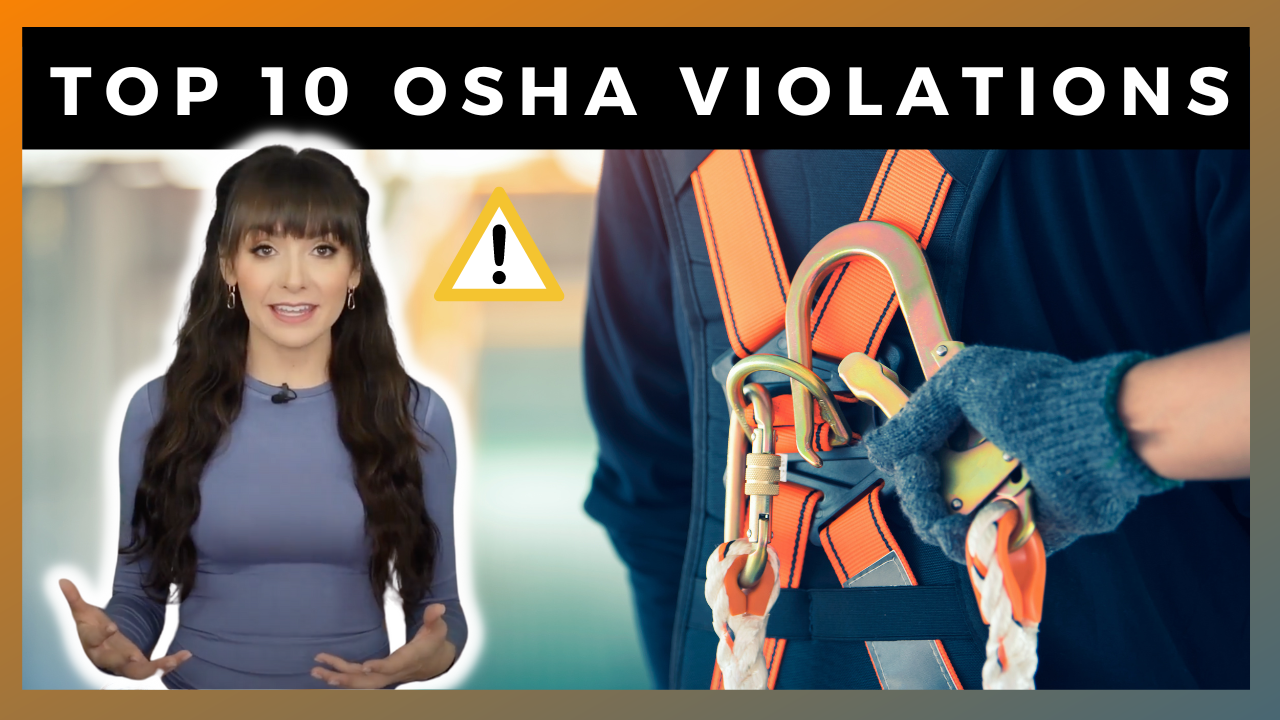In heavy industries, ensuring worker safety is not just a priority—it is a necessity. Fall protection is a critical aspect of workplace safety, safeguarding employees from potentially life-threatening accidents. Falls are among the leading causes of serious work-related injuries and fatalities. Without effective fall protection measures, workers face significant risks, particularly in environments where heights and complex machinery are involved.
This guide will delve into the essentials of fall protection, focusing on the equipment used, the importance of harnesses, and the role of certification in maintaining safety standards. By understanding these key elements, safety professionals can better protect their teams and ensure compliance with regulations.
Understanding Fall Protection Equipment
Fall protection equipment is designed to prevent falls or reduce the severity of injury if a fall occurs. It is very important in workplace safety, especially in heavy industries where the risk of falling from heights is prevalent. This equipment includes a range of tools and devices that work together to provide comprehensive safety solutions.
There are several types of fall protection equipment commonly used in heavy industries:
- Guardrails: Physical barriers that prevent workers from reaching dangerous edges.
- Safety nets: Installed below work areas to catch workers if they fall.
- Personal fall arrest systems: Include harnesses, lanyards, and anchors that secure workers in case of a fall.
- Positioning systems: Allow workers to maintain a stable position while performing tasks at heights.
The evolution of safety standards has significantly improved the design and effectiveness of fall protection equipment. To learn more about the historical context and advancements in fall safety, visit The History of Fall Safety & Fall Protection Equipment - Fabenco.
Choosing the Right Fall Protection Harness
When it comes to ensuring safety in heavy industries, selecting the right fall protection harness is very important. A well-chosen harness provides the necessary support and security, allowing workers to focus on their tasks without the constant worry of potential falls.
- Task-Specific Selection: Different tasks require different types of harnesses. It's important to choose a harness that suits the specific job at hand to ensure maximum safety and comfort.
-
Key Features to Consider:
- Comfort: A comfortable harness encourages consistent use and reduces fatigue.
- Durability: Look for materials that can withstand harsh industrial environments.
- Certification Standards: Ensure the harness meets or exceeds industry safety standards.
- Proper Fitting: A harness must fit well to be effective. Adjustability is key to ensuring a snug fit that doesn't restrict movement.
- Maintenance Tips: Regular inspection and maintenance of harnesses are essential to ensure their integrity and functionality over time.
Fall Protection Certification: Ensuring Compliance
Fall protection certification is an important part of workplace safety, ensuring that both equipment and practices meet established safety standards. This certification is not just a formality; it's a critical step in safeguarding workers.
- What is Fall Protection Certification? Certification involves a thorough process where equipment and procedures are evaluated against safety standards to ensure they provide adequate protection.
-
The Certification Process:
- Assessment of equipment and safety measures.
- Training for employees on proper use and safety procedures.
- Regular audits to maintain compliance.
-
Benefits of Certification:
- For Employers: Reduces the risk of workplace accidents and potential legal liabilities.
- For Employees: Provides peace of mind knowing their safety is prioritized and they are working in a secure environment.
By understanding and implementing proper fall protection measures, safety professionals can significantly reduce the risk of falls in the workplace. For more information on safety training and resources, visit Ally Safety.
Real-World Examples of Fall Protection Success
In the world of heavy industry, the importance of fall protection is very important. Real-world examples provide compelling evidence of how effective these measures can be in preventing accidents. Consider the case of a carpenter whose life was saved by fall protection measures. This incident, documented in a case study, highlights the critical role that proper equipment and training play in workplace safety.
Key takeaways from successful fall protection stories include:
- Proper use of fall protection equipment can prevent serious injuries and fatalities.
- Regular training and drills ensure that workers are prepared in case of an emergency.
- Continuous evaluation and improvement of safety measures are essential for ongoing protection.
These examples underscore the necessity of investing in quality fall protection equipment and comprehensive training programs.
The Broader Significance of Safety Management
While fall protection is a vital component of workplace safety, it is just one part of a larger safety management strategy. Adhering to safety regulations has wider effects for businesses beyond simply preventing falls. A well-rounded safety management system not only protects employees but also enhances overall business operations.
Consider the following benefits of comprehensive safety management:
- Reduced risk of workplace accidents, leading to fewer disruptions and lower costs.
- Improved employee morale and productivity as workers feel safer and more valued.
- Enhanced company reputation as a leader in safety and compliance.
The Occupational Safety and Health Administration (OSHA) highlights the importance of safety management in their guidelines, emphasizing that a safe workplace is indeed sound business. By integrating fall protection into a broader safety management plan, companies can ensure a safer, more efficient work environment.
Conclusion and Next Steps for Safety Professionals
In conclusion, ensuring effective fall protection in heavy industries is not just about compliance; it's about safeguarding lives. This guide has explored the importance of fall protection, the right equipment, and the role of certification in maintaining workplace safety. By understanding these key elements, safety professionals can better protect their workforce from potential hazards.
As safety professionals, it's crucial to stay informed and continuously update your knowledge and training. This proactive approach not only enhances safety but also creates a culture of knowing and being responsible within your organization.
For those looking to further enhance their safety training programs, consider exploring Ally Safety's Toolbox Talk Video Membership. This resource offers a comprehensive library of engaging safety training videos designed to engage and teach employees, making safety education both informative and enjoyable.



Leave a comment
All comments are moderated before being published.
This site is protected by hCaptcha and the hCaptcha Privacy Policy and Terms of Service apply.